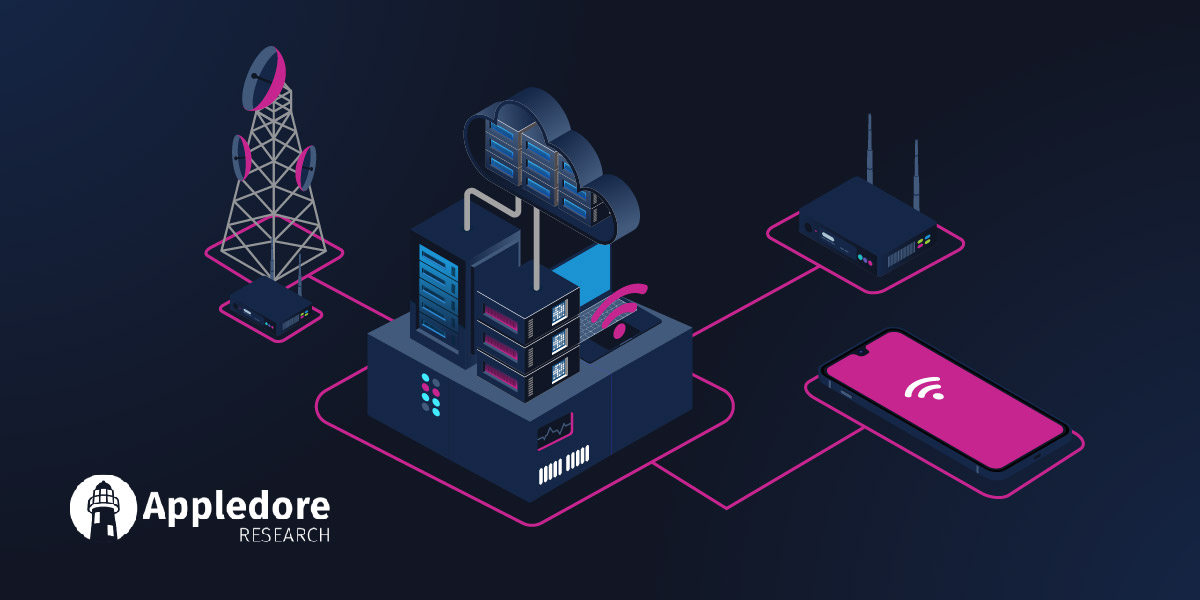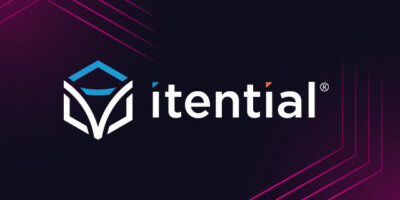For service providers, today’s infrastructure technology landscape presents a significant opportunity. The Appledore Research Solution Profile on Itential highlights an existing and growing demand for “telco-provided services that transit the telco’s network, the enterprise’s LAN, public cloud, third parties, and telco-provided vertical services (namely security).”
According to Appledore, this “next wave of digital services” represents an opportunity worth over $100B globally for service providers due to the evolving needs of advanced enterprises.
The question is — how can service providers ensure they get their piece of the $100B pie?
Advanced Enterprise Demands Complex, Customizable, Innovative Digital Services
Appledore identifies enterprise customers as a key opportunity for telcos because major shifts in infrastructure technology are driving new behaviors and priorities. Software development is more important than ever, and organizations are competing to innovate on applications and features to improve the efficiency of business processes. In addition, the “rise of public cloud, digital commerce, distributed business, and diverse and much faster-moving digital supply chains” provides enterprise organizations with new opportunities for delivering products and growing revenue.
However, to achieve agility in this complex and evolving landscape, enterprise organizations will require more sophisticated services from service providers than ever before. Demand for these services already exists. However, the challenge comes from how they are being composed and deployed.
Today, the report states, these multi-domain, multi-vendor services “are being built ‘the hard way’ using partially manual and partially inappropriate tools.” Within a single vertical technology, enterprises already consume services that are exposed through APIs, but there isn’t an easy way for complex services made up of components from multiple verticals to be composed and delivered to these enterprise customers. But these cross-technology services are exactly what the enterprises want, and they don’t want to consume these services the traditional way. They’ve become conditioned by cloud providers to expect that network services should be easy to order and operate.
For service providers to evolve to the point where they can rapidly and efficiently compose complex, multi-domain digital services, they’ll need to adopt new technology and shift their approach.
How Service Providers Can Accelerate Through Orchestration to Meet Demand
“What’s really needed,” the report says, “is a class of ‘service layer orchestration’ that is API-native, looks at all the components ‘aaS’ (as a service), and enables quick and easy composition of a customized end service from predefined modular building blocks.
The good news is, as mentioned above, many services already expose capabilities through APIs. For service providers looking to evolve, it’s about finding an efficient, scalable, agile path toward composing those highly customized services that advanced enterprise customers demand.
Of course, orchestration doesn’t sound like a groundbreaking new concept. It’s a generic term that can mean different things to different people and in different industries. There are orchestration systems that exist in telecom today, but the majority only orchestrate basic processes across a limited set of components. In addition, many of these systems require significant forethought around what the end service will look like. While this structured environment can provide some benefits, as the Appledore report emphasizes, “this is not ideal for innovation.” Standards-driven approaches will not enable service providers to offer differentiated services, which are essential for attracting customers and maintaining profit margins.
Instead, service providers must look to adopt orchestration systems that provide the integration flexibility to link together pre-existing APIs and disparate data models, without the need to conform to rigid standards. Customers will look for services that span a diverse range of networking and infrastructure components to suit their unique needs, and service providers must achieve the agility and velocity to deliver those customized services at the pace that customers demand.
This is why, in their Solution Profile report, Appledore describes Itential as occupying “the sweet spot” for accelerating the creation and deployment of multi-domain digital services. Our platform offers the most sophisticated integration and orchestration system on the market, which is able to consume any API and integrate with any underlying system to allow teams to quickly orchestrate new services and expose them for customers to self-serve using APIs. For an in-depth look at how Itential is uniquely suited to enable telco transformation, see this blog which dives into the Itential-specific portions of Appledore’s report.
For now, I’ll end with Appledore’s concluding words in their report around the future of telco and how service providers should think about transforming to meet customer demand.
“Programmable networks are only one step on the journey: telcos also need the means of composing services from the APIs they make available—and they must not be shy about the need to incorporate third party APIs within the same orchestration mechanism.”
To dive into the full Appledore report on Itential and the future of telco, click here. For a deeper dive on our capabilities, see this page to learn how Itential has helped service providers transform and accelerate to attain tangible results.





